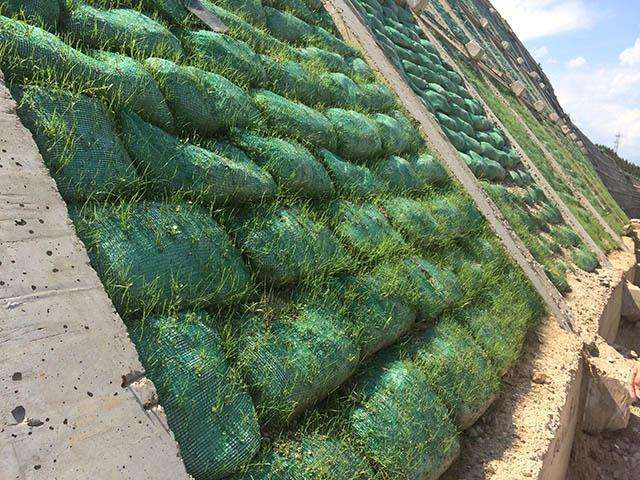The difference between composite geomembrane and two cloth and one film
RELEASE TIME :
2021-12-08 10:52
Composite geomembrane (composite anti-seepage geomembrane) is divided into one cloth, one film, two cloth and one film, with a width of 4-6m and a net weight of 200-1500g/m2. It has high physical and mechanical performance parameters, such as compressive strength, resilience, blasting and so on. The product has the characteristics of high compressive strength, good widening characteristics, large deformation modulus, corrosion resistance, aging resistance, and good waterproof layer characteristics.

It can meet the requirements of water conservancy projects, municipal engineering, engineering construction, transportation, subway stations, tunnel construction, waterproof layer, protection, reinforcement, anti-rust structural reinforcement and other construction professions. It is often used as a waterproof layer solution for embankments, drainage pipes, and canals, and as an anti-pollution solution for garbage sites.
Composite geomembrane is a waterproof layer raw material composed of geotextile and geomembrane, which is the key waterproof layer. Composite geomembrane is divided into one cloth and one film and two cloth and one film, with a width of 4-6m and a net weight of 200-1500g/m2. It has high physical and mechanical performance parameters such as compressive strength, rebound, and blasting, and can meet the requirements of water conservancy projects, municipal engineering, engineering construction, transportation, subway stations, and tunnel construction. Because it uses fiber materials and anti-aging wetting agents are added during the production process, it can be used in natural environments with non-traditional temperatures.
The composite geomembrane is a composite geomembrane made by heating one or both sides of the plastic film with far-infrared rays in a drying oven, and pressing the geotextile and the geomembrane together with guide rollers. In addition to the production process, there is also a casting process for making composite geomembranes. One cloth and one film, two cloth and one film, two films and one cloth, etc.
The geotextile is the protective layer of the geomembrane so that the waterproof layer will not be damaged. In order to reduce ultraviolet radiation and improve aging resistance, the buried paving method is selected.
On the construction site, first use gravel soil or clay ground with a small material diameter to level the datum level, and then lay the geomembrane. The geomembrane does not need to be stretched too tightly. Partially buried sand on both sides has a wavy shape. Put fine sand or clay on the geomembrane, and lay a 10cm upper and lower connecting layer. Build 20-30cm stone (or prefabricated concrete blocks) as an anti-scouring protective layer. During construction, every effort should be made to prevent stones from hitting the geomembrane immediately. The construction of the protective layer is carried out at the same time as the film is laid. The connection between the composite geomembrane and nearby structures should be anchored with expansion screws and thick steel decorative strips, and emulsified asphalt (2mm thick) should be applied to the connection to prevent water leakage.
Previous Page
Previous Page
RELATED NEWS

What is the function of the waterproof board?
2022/11/14 15:47

Precautions for waterproof board construction
2022/11/03 11:58

What are the characteristics of the waterproof plate
2022/10/24 14:32

What is the purpose of the waterproof plate
2022/10/08 16:06


